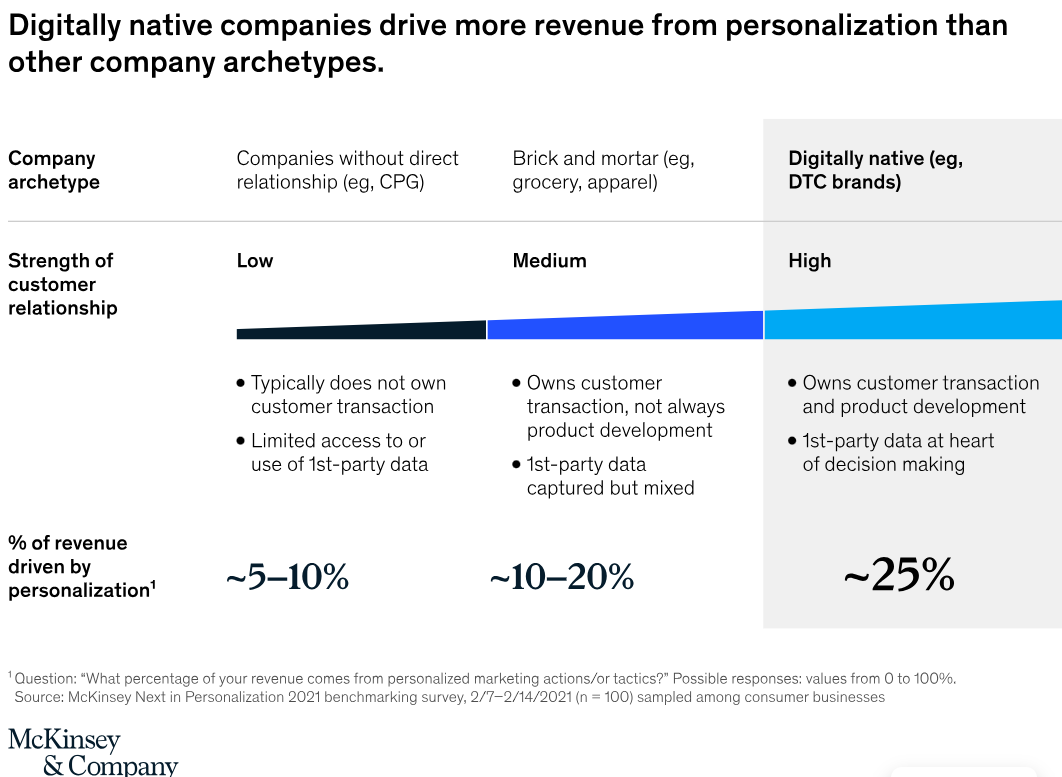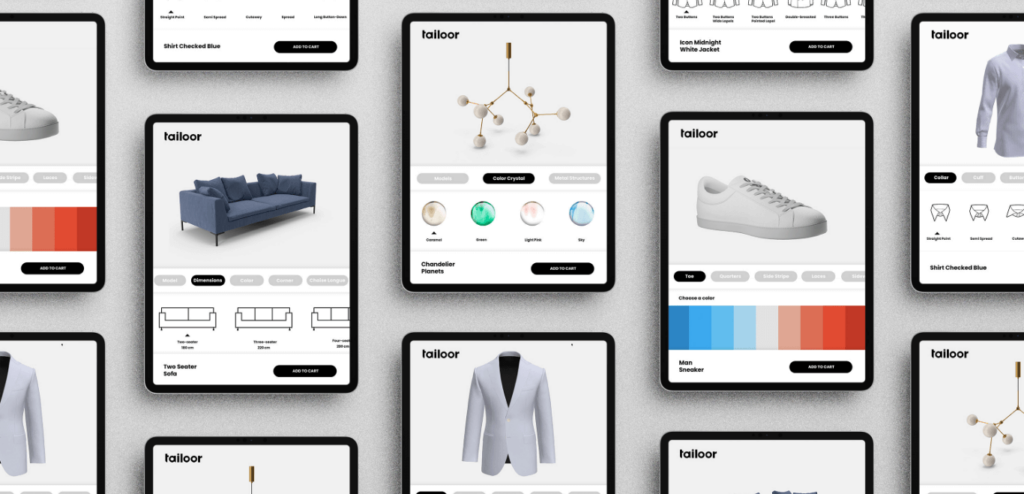Each body, a story: how personalization is rewriting fashion’s value, also thanks to Tailoor.
There was a time when beauty was synonymous with exclusivity. Until the 19th century, clothing was not just a necessity but an expression of rank, power, and wealth. The finest garments were unique pieces, custom-made by artisans for a privileged few: aristocrats, royal courts, the emerging upper bourgeoisie. Every outfit reflected a social status and required hours of manual labor, rare fabrics, and a level of craftsmanship that excluded anyone who couldn’t afford it.
It was in this context that Charles Frederick Worth, born in London but active in Paris, revolutionized the entire fashion system. Around 1858, he founded Maison Worth and effectively invented haute couture as we know it today. It was no longer the client who dictated the model, but the couturier who proposed original, signed creations to be then tailored to the customer. Worth elevated the role of the tailor to that of artist and entrepreneur, anticipating the modern designer: visionary, with a recognizable style, capable of setting trends and affirming a personal aesthetic.
He was the first to showcase collections on living mannequins (the first models), to sign his garments like works of art, and to dress the icons of his time, such as Empress Eugénie, turning fashion into a symbol not just of status, but of visual and cultural identity. In that scenario, beauty was not just about form, it was privilege, access, belonging. It was an era in which luxury didn’t compromise, and every garment, even before being worn, marked distance, hierarchy, a narrative inaccessible to most.
The boom of prêt-à-porter: a radical shift
Already at the beginning of the 19th century, shortly after the War of 1812, the U.S. Army developed the production of uniforms in standard sizes: an early application of semi-industrial manufacturing that diminished the tailor’s traditional role. However, this was purely a matter of efficiency, not yet fashion.
The real change came in the early 20th century. In America, the 1920s marked the rise of ready-to-wear: magazines like Ladies’ Home Journal and department stores like Macy’s and Bloomingdale’s began promoting and selling off-the-rack clothes, beautiful and accessible. These garments were designed for mass production but with increasing aesthetic appeal, aimed at urban, modern women.
In Europe, the uniqueness of haute couture remained central for much longer. It was in the 1960s, through one symbolic gesture, that things began to change. On September 26, 1966, Yves Saint Laurent opened the Saint Laurent Rive Gauche boutique in Paris’s bohemian Left Bank. It was the first prêt-à-porter line created by a couturier, conceived as an independent identity. The shop became a cult destination. Saint Laurent designed separate, mix-and-match pieces for active women: modern wardrobe essentials that spoke not only of fashion, but of self-expression.

This was the democratization of taste, of an aesthetic now capable of spreading organically. Design was no longer reserved, but replicable. The textile industry became a herald of everyday beauty: garments could be stylish and affordable. You no longer needed a personal artisan to be fashionable, you just needed to walk into a store.
From mass production to widespread personalization
For decades, the industrial system spoke the language of repetition, efficiency, scale, standardization. Every process, every object, every interface had to be the same, predictable, replaceable. It was the logic of the assembly line applied to desire. But today, the paradigm has flipped. True innovation no longer lies in replication, but in differentiation. Not in creating “for everyone,” but in designing “for each one.”
Driving this shift are technologies like those offered by Tailoor: a SaaS platform for phygital personalization that integrates 3D configurators, AI, and real-time data collection. Brands can now deliver custom experiences where the customer doesn’t just choose, but actively co-creates. According to a McKinsey study, personalization can increase revenue by 10-15%, with some cases reaching up to 25% depending on the sector and execution.

The 3D configuration system by Tailoor
Tailoor’s 3D configuration system allows users to select styles, fabrics, measurements, and visual details interactively, in-store or online. Each selection generates a digital twin, and through the platform dashboard, the brand can monitor tastes, behaviors, and purchase preferences. And it’s not just about fashion: sectors like jewelry, furniture, and sportswear are embracing this model too.
Brands such as Moreal, Sannino, and Biografie Medium have already chosen Tailoor, proof that personalization is now a transversal strategic lever.

The algorithm of difference
They’ve chosen it because we now live in an era of exclusivity within reach, where standardization driven by algorithms is countered by the creation of something uniquely ours. Something deeply connected to that often-abused concept: creativity. It’s about making objects and garments that feel more authentic and recognizable to the person buying them. A story to wear.
Today, thanks to the combination of generative AI and 3D configuration, even SMEs can offer a tailor-made product, without the cost of traditional tailoring. Tailoor enables this with a flexible, modular model: from white-label platforms for large companies to plug-and-play packages for emerging brands, the software is designed to integrate with e-commerce, CRM, and physical stores.
This is reflected in success stories like Gantri, “the most customizable lamp on the internet,” made possible by 3D printing and additive manufacturing, or in Vogue Business analysis, which cites “chaotic customization” as a dominant trend among Gen Z.
Today, tailor-made is no longer an elite option: it’s the natural evolution of a market that no longer wants to please everyone, but rather speaks to each individual.
Because now more than ever, being recognized matters more than simply owning.
